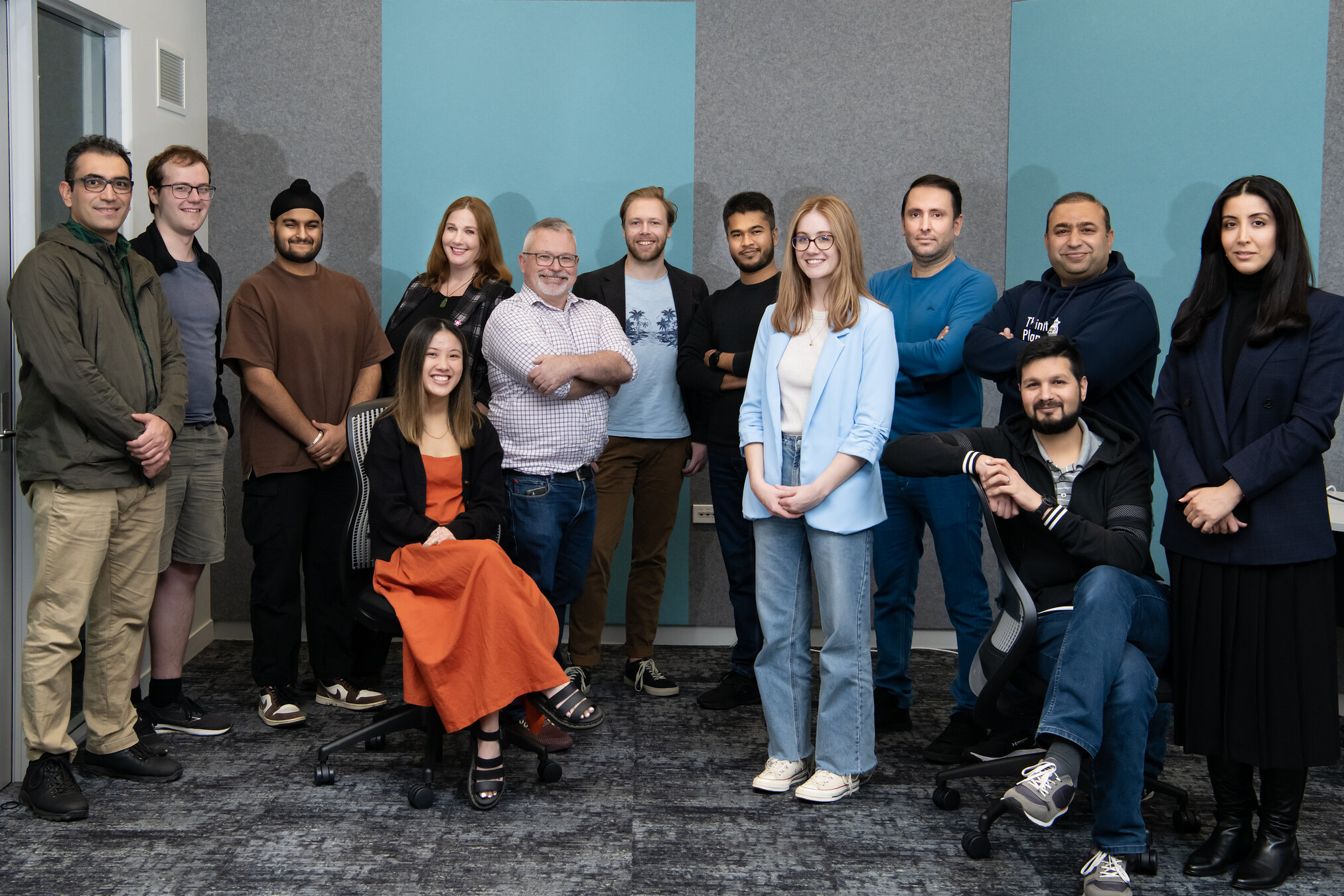New Zealand Summer Workshop
10th November 2023
Japan-New Zealand Catalyst Grant
Assoc Professor Ian Welch
ian.welch@vuw.ac.nz
https://www.linkedin.com/in/ianswelch
Te Herenga Waka, Victoria University of Wellington
Who am I?
- Associate Professor @ Victoria University of Wellington (VUW)
- PhD and Masters (Newcastle UK), BCom (VUW)
- Application security policies, malicious and fault tolerant systems, loosely coupled self-adaptive software systems
- Lead cybersecurity teaching stream at VUW
- Focus on network applications and people


Owhiti research group

Prior work
Privacy ensuring e-commerce transactions (Ben Palmer) - multipart computation, interactive zero knowledge proofs, formal modeling
Localisation of Attacks, Combating Browser-Based Geo-Information and IP Tracking Attacks (Masood Mansoori) - empirical, hazop for experiments
Early detection of ransomware (Shabbir Abbasi) - evolutionary computing, sequence aware machine learning
One-shot learning for malware detection (Jinting Zhu) - siamese neural networks, adversary machine learning
Automated threat analysis for IoT devices (Junaid Haseeb - unsupervised machine learning, autoencoders, extraction semantic information)
Projects soon to finish
- Detection of advanced persistent attacks
- (Abdullah Al-Mamoun) - long lasting, slow, few examples - hybrid fusion of data sources, feature selection, evolutionary computing
- Adaptable network application honeypots (Maryam Van Naseri) - optimisation problem, formal modeling, empirical experiments
- Understanding and influencing home users cybersecurity
- (Lisa Patterson) - quantiative and qualitative research, social nudges to improve cybersecurity
New and ongoing projects
- Explainable AI for cybersecurity (Dedy Hendro, 2027) - xAI, intrusion detection
- Trusted computing without hardware support (Paul Dagger, parttime, 2028) - multiparty computation
- Mobile-first Disease detection for native NZ flora (Jamey Hepi, 2026)
- Safety and security for consumer cyberphysical systems (interdisciplinary)
- Effective cybersecurity programmes in the Pacific (interdisciplinary)
- Indigicloud - edge clouds for digital marae - working with Te Tii Marae - applying for grant related to zero knowledge architecture and continuous authentication
- Intrusion detection for CPS using digital twins (waiting)
- Improving TOR anonymity (visitor)

Collaboration ideas
- Malware detection, intrusion detection - feature construction/evolutionary computing (w/ Harith Al-Sahaf).
- Use of intelligent transport systems as case studies for the new and incoming students working on explanatory AI (w/ Yi Mei, Andrew Lensen) & digital twins (w/ Masood Mansoori, Arman Khouzani).
- Deployment of honeypots in other organisations (w/ Masood Mansoori)
- Adversary machine learning (no current students, opportunity to explore with honours students).
Catalyst grant
Potential avenues.
Cybersecurity for Intelligent Transport Systems.
- cars, pedestrians, (cycles)
- smart city interaction
Two recent survey papers:
- threats from malware
- adverserial machine learning


Malware
Inter-vehicle denial-of-service attacks.
Targets vehicles or infrastructure.
Basic - resource exhaustion.
Extended - jam channels.
Distributed denial of services - vehicles and infrastructure.
Solutions (voting to ignore bad actors, blockchain)


Text
Al-Sabaawi, A., Al-Dulaimi, K., Foo, E., & Alazab, M. (2021). Addressing Malware Attacks on Connected and Autonomous Vehicles: Recent Techniques and Challenges. In M. Stamp, M. Alazab, & A. Shalaginov (Eds.), Malware Analysis Using Artificial Intelligence and Deep Learning (pp. 97–119). Springer International Publishing. https://doi.org/10.1007/978-3-030-62582-5_4
Malware
Inter-vehicle other attacks.
GPS spoofing - powergrid solution is spoofing detection).
Masquerading and Sybil attacks - concealment and duplication.
Impersonation - steal identity.
Effects - fake damaging roadway, traffic congestion, crashes.

Malware
Intra-vehicle communication.
- indirect physical access (media system via MP3 files, docking ports, CAN bus via ODB port)
- short-range wireless access (bluetooth, keyless entry, tire pressure)
- long-range wireless (remote telematics, cellular access)



Defences
Inter-vehicle communication.
- voting to manage VAN membership
- trust-based sensor networks
- authentication
Intra-vehicle communication.
- CAN replaces multiple wires
- Only once way to access in the past, now multiple
- Move towards ethernet and more interoperability
-
Intrusion detection
- CVguard (DDoS prevention
- Anomaly detection approaches


What's the takeaway?
Anomaly detection looks possible area mirroring other systems.
But there are challenges specific to transport
- secure vs safe
- real-time constraints

Adversarial Attacks and Defence
- High-profile projects by Google, General Motors, Toyota, and Tesla have marked milestones in AV development.
- Despite advancements, AVs' safety is challenged by cybersecurity threats and adversarial attacks.
- Driving automation for cars relies upon Deep Learning, used for image recognition and fusion of sensors.
M. Girdhar, J. Hong and J. Moore, "Cybersecurity of Autonomous Vehicles: A Systematic Literature Review of Adversarial Attacks and Defense Models," in IEEE Open Journal of Vehicular Technology, vol. 4, pp. 417-437, 2023, doi: 10.1109/OJVT.2023.3265363.
Adversarial Attacks and Defence
-
AVs use ML in four key areas: perception, prediction, planning, and control.
-
ML algorithms handle tasks like object detection, traffic sign recognition, and decision-making.
- AVs' ML pipeline links sensory inputs to actuator controls, enabling self-driving capabilities.
-
Intentional threats include attacks exploiting AI weaknesses to impair AV operations.
- Unintentional risks involve algorithm biases, design flaws, and limitations of AI and ML techniques.
Adversarial Attacks and Defence
-
ML models can be manipulated by adversarial attacks during training or post-training.
- Adversarial ML poses a risk as attackers can deceive AI systems, causing incorrect predictions.
- Defences have been proposed in other areas that could be applicable for this context.
- These include proactive and reactive defences applied in other contexts.
Adversarial Attacks and Defence
-
Proactive defenses attempt to strengthen a neural network's resistance toward adversarial examples in advance of an attack.
-
Reactive defenses aim at detecting adversarial input observations or examples after the neural network models are trained.
-
These techniques can also be broadly categorized into three groups, 1) manipulating data, 2) introducing auxiliary models, and 3) altering models.
What's
the takeaway?
There are many state-of-the-art defences.
Haven't been (necessarily) validated in this context.
Must also meet safety requirements that other context might not have?
